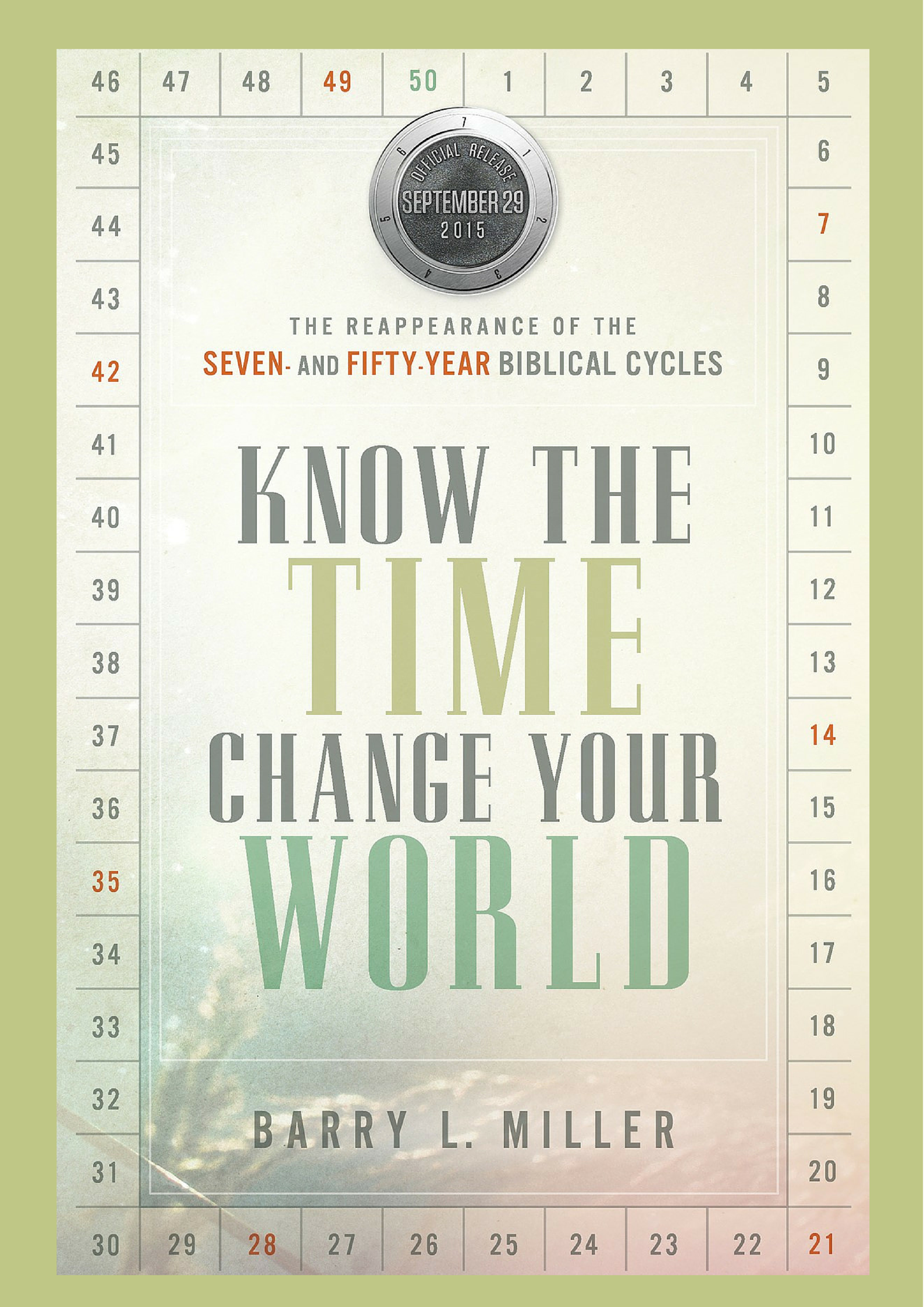 It seems that everyone is expecting the world to change for the worse in September 2015. That, at least, is a prevailing topic of conversation here in the United States. I have been part of such discussions many times over the last few months, and regardless how the discussion begins, it invariably comes down to the question, “What do we do now?”
It seems that everyone is expecting the world to change for the worse in September 2015. That, at least, is a prevailing topic of conversation here in the United States. I have been part of such discussions many times over the last few months, and regardless how the discussion begins, it invariably comes down to the question, “What do we do now?”
The people of YHVH should be paying attention to the signs of the times. We are indeed on the brink of major changes to the world system, and these changes likely will involve a combination of economic, military, political, and civil unrest, with a few major natural disasters thrown in for good measure. It is, after all, the end of the Shemitah, the seventh, or sabbatical, year in the seven-year cycle the Lord explained to Moses (Exodus 23:10-12; Leviticus 25:1-7; Deuteronomy 15:1-6, 31:9-13). It is also the time of the fourth Blood Moon of the tetrad we have seen at Passover and Tabernacles over these last two years. What, if anything, are we to do about all of this?
Happily, there is someone who has undertaken the task of answering that question in a rational, systematic fashion using principles derived straight from the Bible. We can thank people like Rabbi Jonathan Cahn and Pastor Mark Biltz for bringing the Shemitah cycle to the attention of the world. Now we can thank Barry L. Miller for helping us understand how to live within that cycle. That is the message of his book Know the Time, Change Your World: The Reappearance of the Seven- and Fifty-Year Biblical Cycles.
What exactly is that message? That God has established times and seasons, and those who are wise will learn to recognize them and move properly within them. Miller came to understand this message through decades of experience as a businessman and a man of God. As he explains, in the summer of 1991 he became acquainted with the Shemitah cycle when the Bible study he was attending delved into Deuteronomy 15:1-6. He goes on to relate his thoughts on that passage:
I was immediately struck by the simple yet profound fact that the text called for a complete intentional collapse of the credit cycle. It became obvious to me that if a nation were to follow this concept, it would have far-reaching effects. Think about it! If all debts were cancelled at the end of every seven years, would not the business community soon adapt, seeing to it that things were structured so that they held hard assets, equity, or cash at the prescribed end of the seventh year?
Which leads to the obvious question: When is the end of the seventh year?
Know the Time, Change Your World, pp. 41-42
For the rest of the book, Miller tells us not only when the seventh year ends, but how to move within the seven-year cycle. As for when the seventh year ends, there is no mystery any longer. The Jewish people have marked the passing of every seven years for millennia, a fact documented exhaustively by Rabbi Cahn. Miller noticed the same financial cycles Cahn presents in The Mystery of the Shemitah (it is hard not to notice financial resets happening every seven years, such as those of 2001 and 2008). He then explains their origin in the book of Genesis. The cycles are not merely every seven years, but also:
- Each week consisting of seven days;
- The cycle of seven annual Feasts of the Lord which begins with Passover in the first month and ends with Tabernacles (Sukkot) in the seventh month;
- The seven-week cycle (forty-nine days) from the Feast of Unleavened Bread to the Feast of Pentecost (Shavuot), the fiftieth day;
- The Jubilee (Yovel) cycle of seven units of seven years (forty-nine years), followed by the fiftieth year of Jubilee.
Those who are able to move with the rhythm of these cycles will know when to take risk and when to safeguard their assets by reining in their investments and getting out of debt in preparation for the season of rest and reset. This is in contrast to the modern way of moving through time, which is linear and filled with continuous activity, leading to exhaustion, overexposure in the times of reset, and unanticipated disaster.
After sketching these principles in Part I, Miller proceeds to the heart of his book in Part II, in which he draws considerable instruction from the seven-day Creation Week recorded in Genesis 1:1-2:3. Each day has special characteristics the wise will understand and to which they will adapt. Day One, for example, begins in chaos, but then the Light of God shines on that chaos, permitting the astute observer to see the situation clearly and plan accordingly. Day Two is the day in which God separated the waters above the earth from those below, creating dry land where plant life could appear on Day Three. The wise, therefore, will look for the place of stability where life will be established in short order. Then comes Day Four, when the sun, moon, and stars are created to provide markers for times and seasons, followed by Day Five and the appearance of aquatic creatures and birds, and then Day Six with creation of land animals and mankind. The wise will observe and learn the seasons established on Day Four, enabling them to recognize and capitalize on opportunities over the next two days. After that comes Day Seven, the Day of Rest (Shabbat), and the cycle begins again.
Miller makes an important point of rest. He notes that while humanity appeared on Day Six as the highest part of YHVH’s creation, mankind’s first day was the day of rest. It is a gift of the Creator, and therefore we would do well to accept it with joy. Not only does that day of rest restore our energy for the week ahead, it provides space for reflection and consultation with the Lord about the coming seasons and our activity within them.
In Part III, Miller brings his lessons home with analysis of the seven- and fifty-year cycles as they appear in the lives of the patriarchs Abraham, Isaac, and Jacob. He makes many interesting connections of events recorded in the lives of these men with the cycles, demonstrating how their knowledge of the times helped them make plans and move through the various trials they faced to arrive at the purposes YHVH intended for them. This case study serves as a backdrop for the application Miller suggests in modern life. Although we do not live in societies that move in rhythm with the seven- and fifty-year cycles, individuals and organizations can adapt nevertheless, anticipating the chaos of the seventh-year reset to avoid loss, and moving through the subsequent years with understanding of when to plant, when to reap, and when to rest.

Know the Time, Change Your World is a book we have needed, and I hope it is the first of many such “how to” books based on the principles of God’s cycles of time.
For more information visit Barry Miller’s website at http://7and50rhymes.com/.
Know the Time, Change Your World is available here on Amazon and here on Barnes & Noble.


